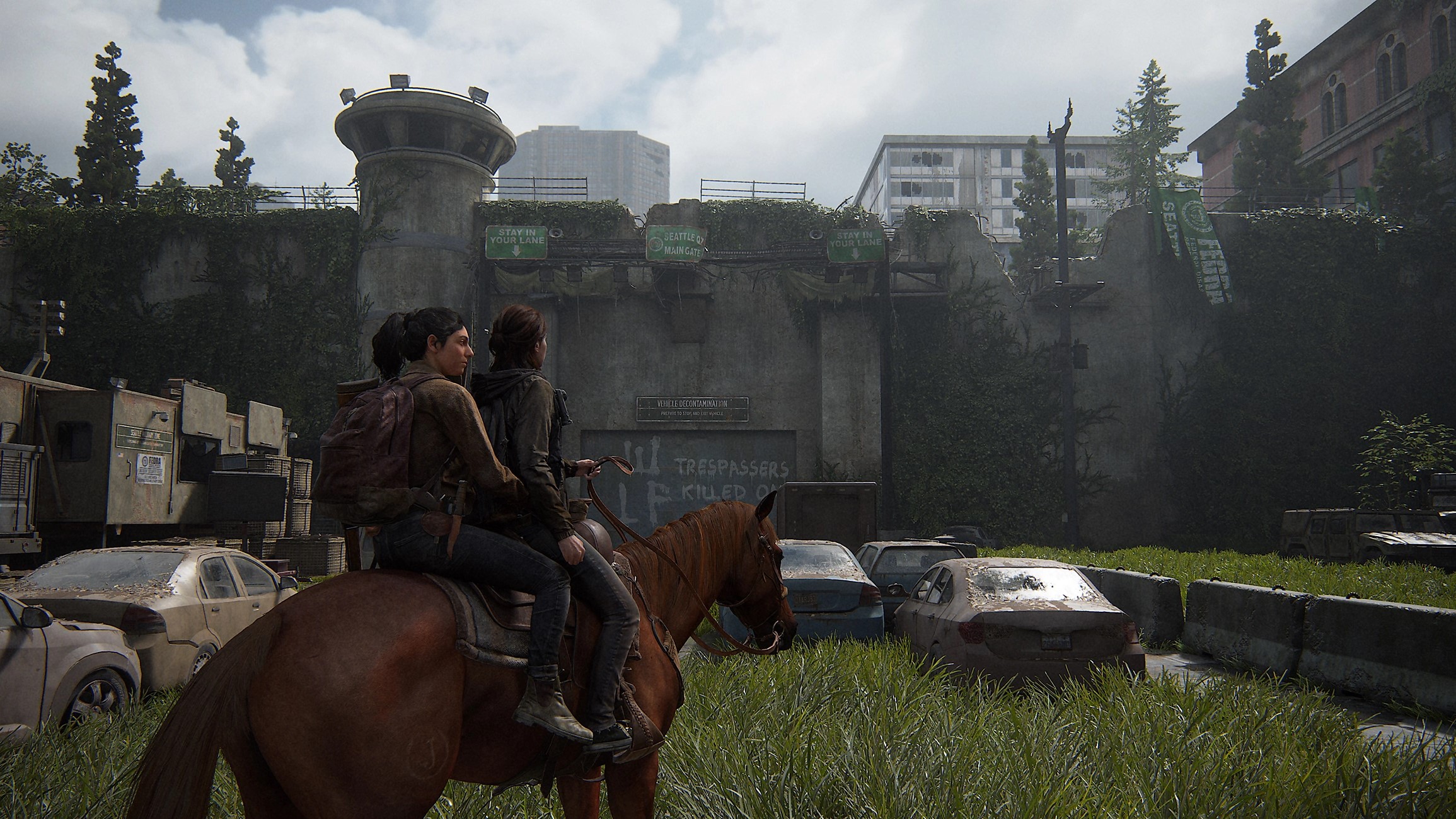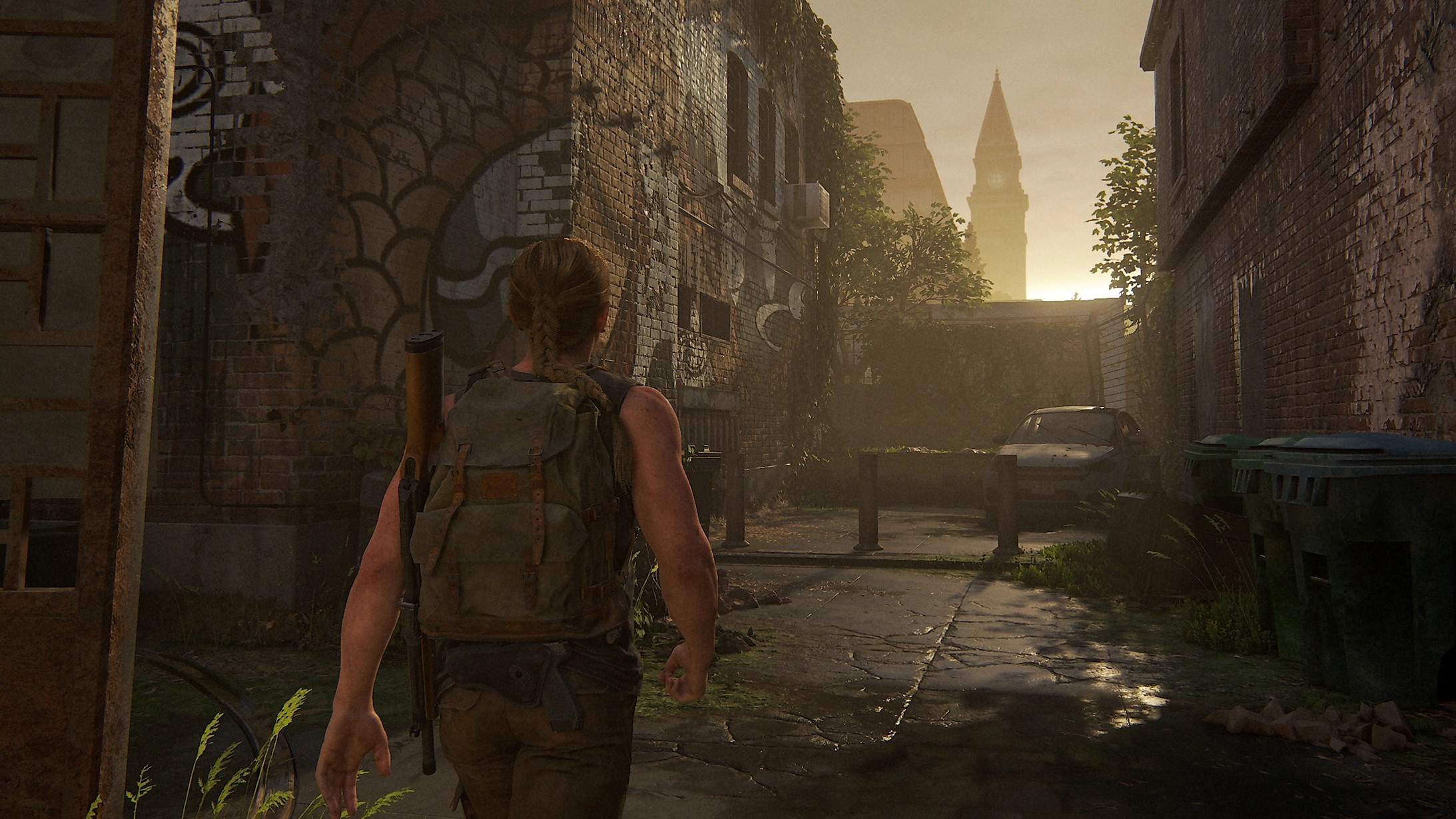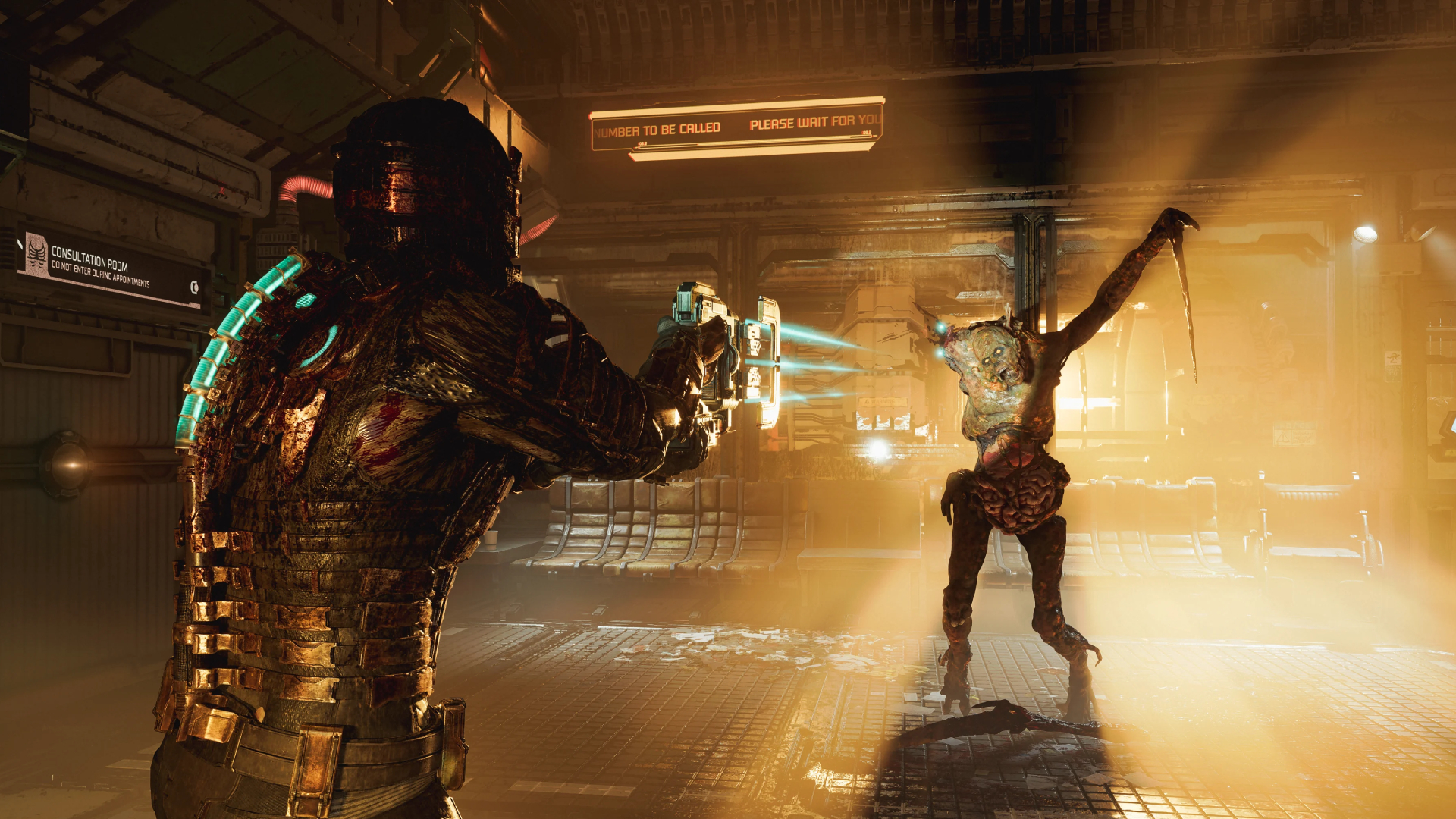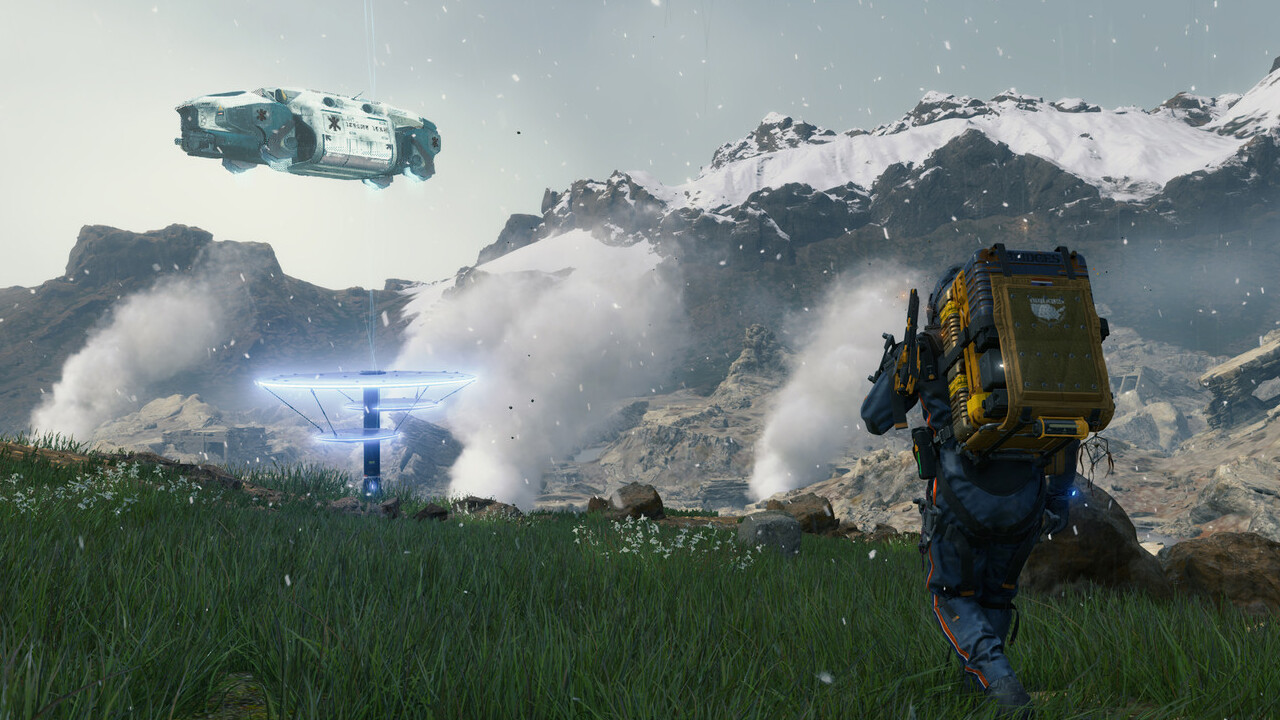
The Last of Us Part 2 Remastered is out now on PlayStation 5 (PS5) and turns what was one of the best PS4 games into one of the best PS5 games.
Committed fans of the series like myself were always hoping for a native PS5 release. Expecting it, even. There was an inevitability about the whole thing given Sony’s precedent with Director’s Cuts as well as Naughty Dog’s regular pattern of getting its latest and greatest games on the newest generation of console.
If you're looking for where to buy The Last of Us Part 2 Remastered or for an updated WLF Edition restock tracker then we have you covered with our dedicated guide.
However, a range of factors have played a huge part in this remaster coming about. And such is the role of these new factors, that this re-release shows we live in a different world and time, with a remaster cycle that has been sped up.
We might have previously been used to games getting triumphant and transformative comebacks years (potentially upwards of a decade) after release (like the Dead Space remake), but now we're seeing versions that look largely identical to the original due to increasingly short amounts of time between releases.
This is due to a range of modern factors that show the remaster cycle has changed greatly, and help to answer the question of ‘Why does a game that’s only a few years old need a remaster?’
Cultural forces

As the cultural tendrils of video games extend further and further, the roles of other entertainment media play a part in this pattern of remasters. For example, the HBO TV adaptation of The Last of Us has been immensely popular and attracted millions of fresh eyes to the series. The influence of the TV show must have had something to do with the release of Part 1 in late 2022, and what better way to build towards the show’s take on Part 2 than by ensuring your audience has a new, shiny way of playing the game on the latest tech?
Another rumored remaster, Horizon Zero Dawn, has also got a TV show in the pipeline; another new and ready-made audience that will be ready and willing to dive into the shiny new version of a game even though it's just a few years old.
Get daily insight, inspiration and deals in your inbox
Sign up for breaking news, reviews, opinion, top tech deals, and more.
There’s also a modern approach from studios like Naughty Dog to ensure flagship series are available natively on the most recent consoles; as of today The Last of Us joins the Uncharted series in spanning the last three console generations. And why wouldn't studios want to take advantage of that? The PS5 has sold incredibly well, reportedly surpassing the 50 million mark in late 2023, which means a healthy install base is now ready for a native PS5 release of a game. In the case of The Last of Us Part 2, even though the PlayStation 4 (PS4) version of the game plays superbly on the PS5 (especially after a performance patch in 2021), there’s always going to be an attraction to providing a definitive, most up-to-date way of playing a game.
Moving with the tech

The likes of the Dead Space remake and Resident Evil 4 remake show that this generation has the technological chops to transform a game on an absolute scale. I think the original Dead Space still looks great on PS3 but the remake gets one hell of a detailed 4K glow-up on PS5 - something fans of the Resident Evil 4 remake also praised.
Now, without any witchcraft or 'cheats' like checkerboarding, games have the headroom to receive visual fidelity overhauls and boosts like never before, becoming crisper, clearer, and more detailed than ever. However good a PS4 game from a few years ago looked, nothing can beat a genuine and detailed boost to 4K resolution, and some of the best landscapes and environments there were on PS4 could be elevated even further on PS5 with a remaster.
Even when a game can't receive such huge visual overhauls - The Last of Us Part 2 Remastered offers modest boosts to detail and resolution - the current generation of gaming gear can boost performance and frame rates significantly. Significantly altering the experience in this way can be a compelling technological attraction in remastering even the most recently released games. This is something that could benefit vast swathes of the PS4 library, and I can hear Bloodborne fans screaming at their screens for such a technological boost.
Throw in the PS5-specific advantages and features such as the DualSense controller’s haptic feedback, 3D audio, and much faster loading times - all of which would transform the experience of any PS4 game for a new audience - and the picture is complete.
A different meaning of the word

This new age of remasters points to a reinterpretation of the word itself. This is something that Sony and Naughty Dog seem to be aware of. A lot of the messaging around The Last of Us Part 2 Remastered is less about a visual upgrade but rather what all parts of the package (new modes, behind-the-scenes commentary or extras, et al) combine to offer.
It's as if this remaster means something more akin to a 'definitive and most up-to-date version' rather than trying to describe a huge visual overhaul. In this particular case, it should have stuck to Sony’s ‘Director’s Cut’ stylings like Death Stranding to represent this. However, this shows what a remaster in 2024 can do and can mean; the literal best way to play the most-enhance version of a great game.
However they are packaged and whatever their form, remasters can be meaningful, effective reinterpretations of games, and are a welcome part of the gaming landscape. They provide awesome ways of revisiting games or discovering series for the first time, and the current-gen hardware can make them better than ever; be it a transformative glow-up, a buttery smooth adventure, or a more immersive and tactile experience. Throw in some neat alignment with other cultural phenomena, and their relevancy is only further cemented.
As a result, this compressed timeline of original-to-remaster is likely to continue. And I'm here for it.
If you’re looking for top-tier games on other platforms then check out our guides to the best PC games, best Nintendo Switch games, and best Xbox Series X games.

Rob is the Managing Editor of TechRadar Gaming, a video games journalist, critic, editor, and writer, and has years of experience gained from multiple publications. Prior to being TechRadar Gaming's Managing Editor, he was TRG's Deputy Editor, and a longstanding member of GamesRadar+, being the Commissioning Editor for Hardware there for years, while also squeezing in a short stint as Gaming Editor at WePC just before joining TechRadar Gaming. He is also a writer on tech, gaming hardware, and video games but also gardens and landscapes, and has written about the virtual landscapes of games for years.